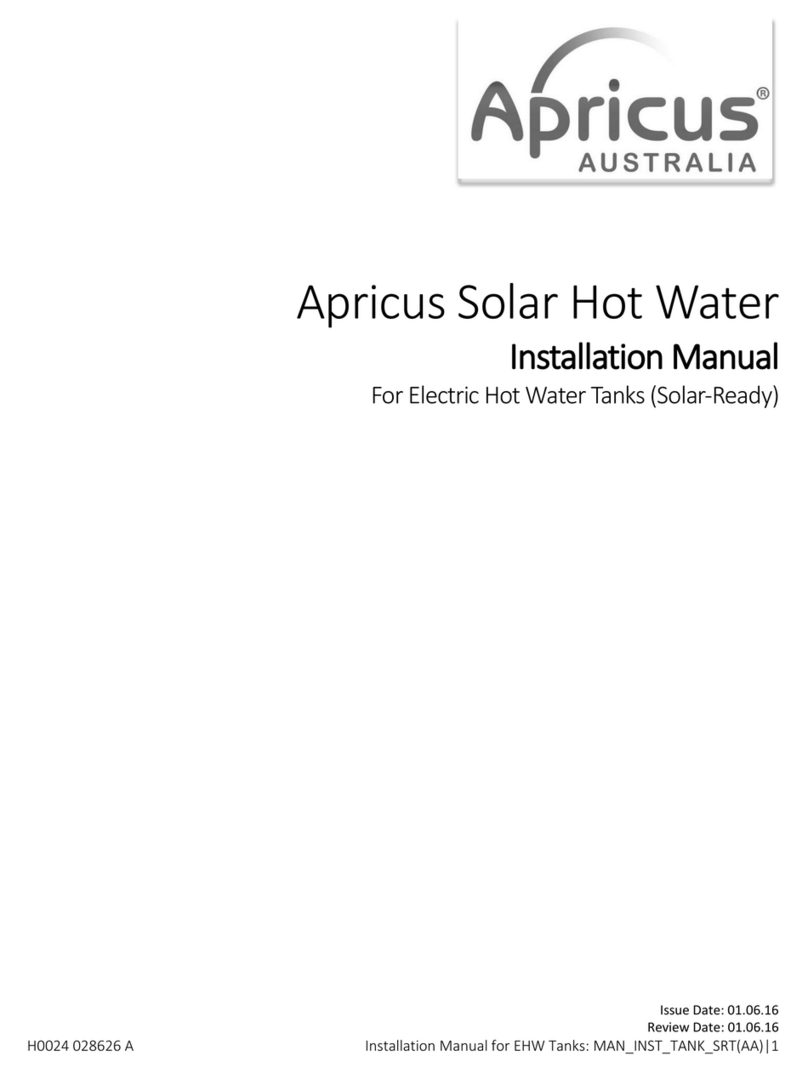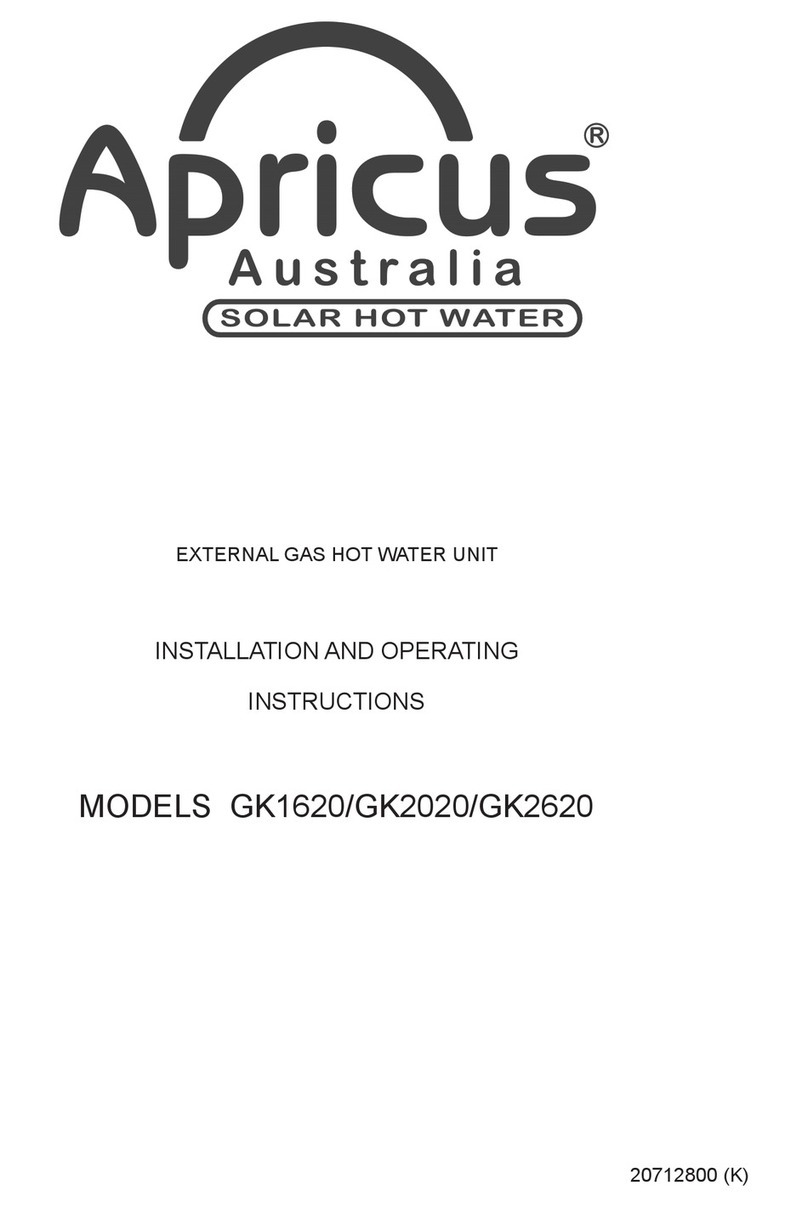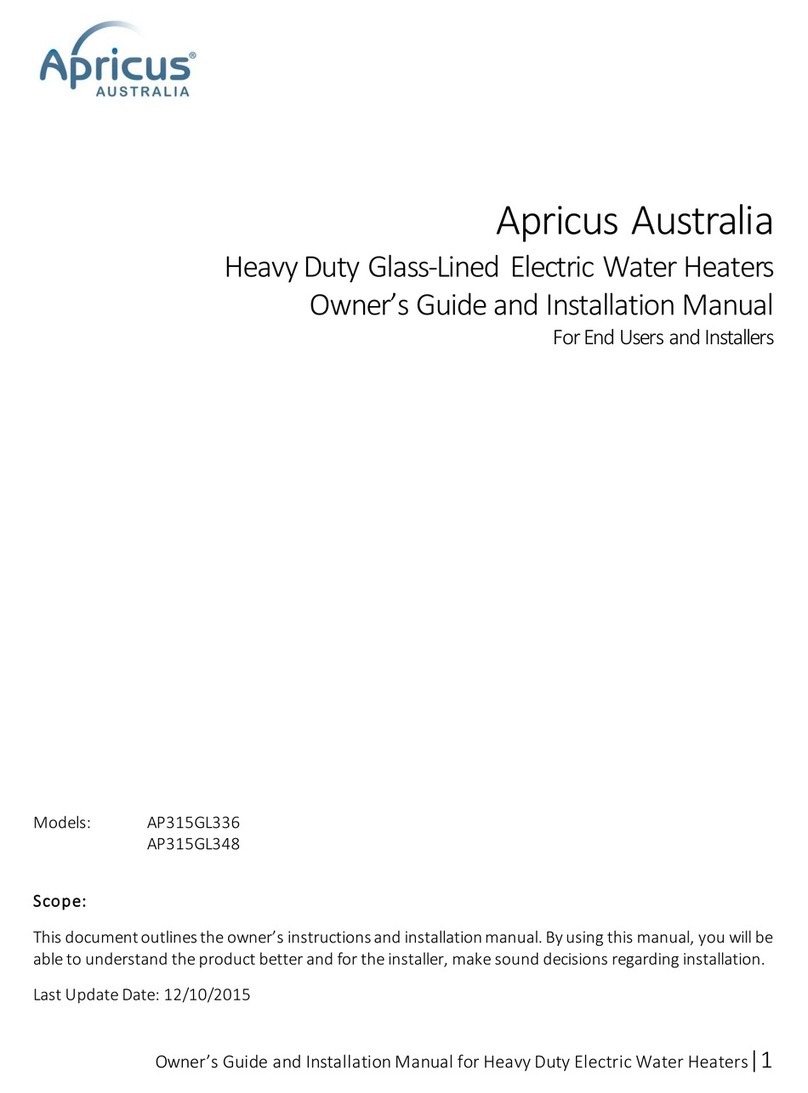4
Contents
IMPORTANT................................................................................................................................. 3
GENERAL ..................................................................................................................................... 6
BENEFITS OF WARM WATER SYSTEMS ............................................................................................... 6
SAFETY.................................................................................................................................................6
TECHNICAL DATA ......................................................................................................................... 7
WARM WATER COMPONENTS............................................................................................................ 8
DIMENSIONS .......................................................................................................................................9
OPERATION ............................................................................................................................... 10
HYDRAULIC CHARACTERISTICS..........................................................................................................11
SYSTEM SIZING..................................................................................................................................12
INSTALLATION ........................................................................................................................... 13
INSTALLATION STANDARDS ..............................................................................................................13
LOCATION..........................................................................................................................................13
SYSTEM PARAMETERS.......................................................................................................................13
WATER PRESSURE ............................................................................................................................. 14
PLUMBING ........................................................................................................................................15
PLUMBING DIAGRAM .......................................................................................................................16
COMMISSIONING THE TMV ..............................................................................................................17
ADJUSTING THE VALVE TEMPERATURE ............................................................................................18
SYSTEM RECIRCULATION COMMISSIONING .....................................................................................19
TMV FAULT FINDING.................................................................................................................. 20
MAINTENANCE AND WATER TESTING REQUIREMENTS ............................................................... 21
MONTHLY TEMPERATURE CHECK.....................................................................................................21
MAINTENANCE OF WARM WATER SYSTEM................................................................................. 22
YEARLY SERVICE ................................................................................................................................ 22
5 YEAR SERVICE.................................................................................................................................23
MAINTENANCE STICKER....................................................................................................................23
SPARE PARTS.....................................................................................................................................24
MICROBIAL WATER TESTING ...................................................................................................... 25
PROCEDURES FOR SAMPLING FOR MICROBIOLOGICAL TESTING.....................................................25
LEGIONELLA TESTING ................................................................................................................. 26
LEGIONELLA DETECTION................................................................................................................... 28
THERMAL DISINFECTION ............................................................................................................ 29































